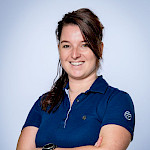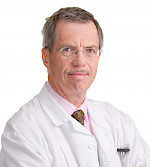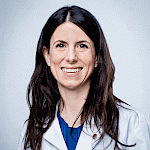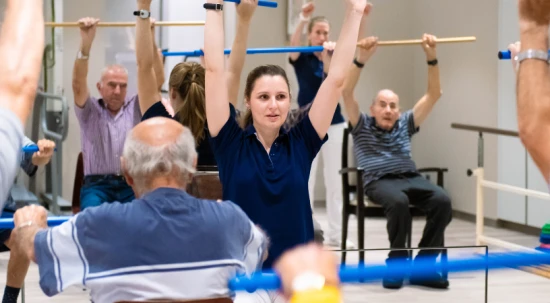Treatment
There is currently no cure, but there are effective options that can relieve symptoms. These include medications, occupational therapy, physiotherapy, neuropsychology and speech therapy.
Physiotherapy
Physiotherapy aims to maintain joint and muscle function. This can improve coordination and restore balance. With the help of strategies to improve movement control, gait/locomotion is positively influenced.
Rehabilitation in occupational therapy
In occupational therapy, treatments are carried out to restore the patient's independence as much as possible. This includes techniques for personal hygiene and dressing.
The therapy also focuses on the following points:
- Independent movement even when resting (for example, turning in bed).
- Working out ways to compensate in order to reduce the tremor
- Maintaining handwriting
- Training an upright posture
- Minimising the risk of falling
Rehabilitation through adapted physical activity
In order to maintain general mobility, the patient is given a variety of exercises or suitable sporting activities:
- Loosening exercises for general mobility
- Improving balance through climbing, ball games or dancing
- Improving coordination with the help of Nordic walking or pilates
Rehabilitation in neuropsychology
Neuropsychology is used to train existing skills in order to rehabilitate and/or compensate for impaired cognitive abilities.
Neuropsychological care focuses on the following points:
- Strengthening memory performance
- Improving executive functions (e.g., dealing with multitasking, planning everyday tasks)
- Reducing attention deficits (e.g., speed of information processing)
Different approaches are used to achieve this:
- Games that target cognitive functions
- Special computer software (RehaCom, iGerip, Cogniplus®)
- Paper-and-pencil exercises
Rehabilitation in speech therapy
Speech therapy sessions focus on improving speech, voice and swallowing disorders.
The following therapies are used during the sessions:
- LSVT® method (Lee Silvermann Voice Treatment) - to improve voice and articulation
- Therapeutic meals (adjusting the texture of meals, learning techniques that protect the airway)
- Oral, speech and facial motor exercises
Alternative means of communication can also be introduced to help patients better communicate and interact with the environment.


























